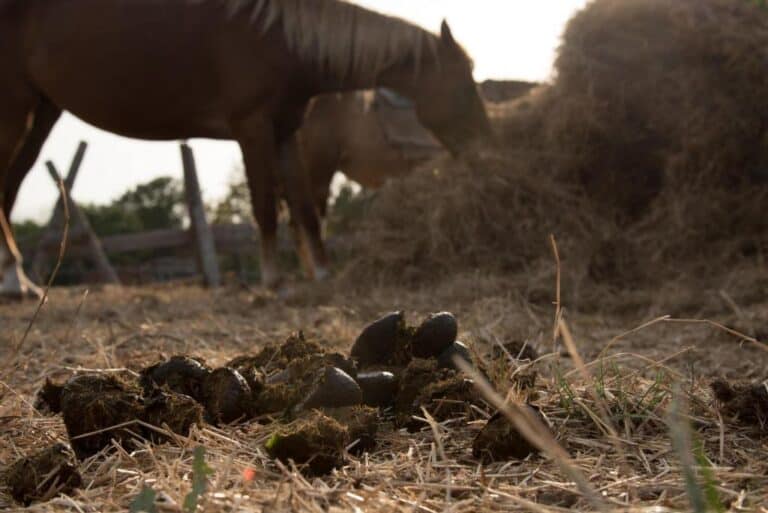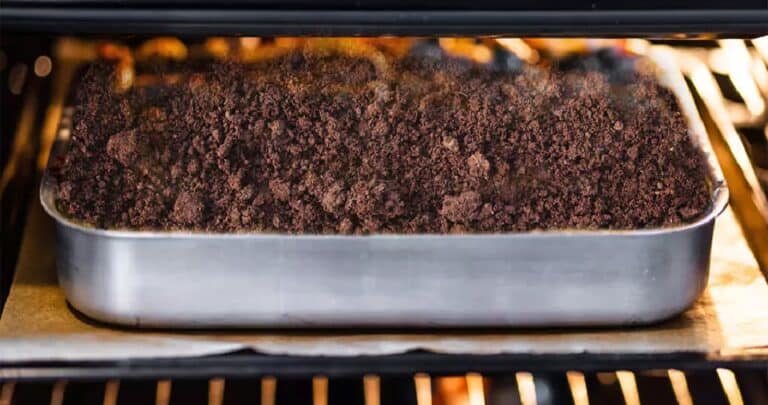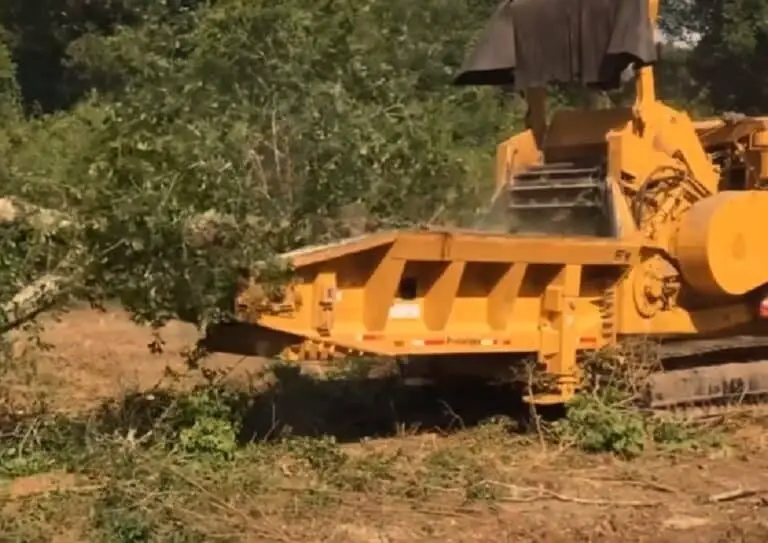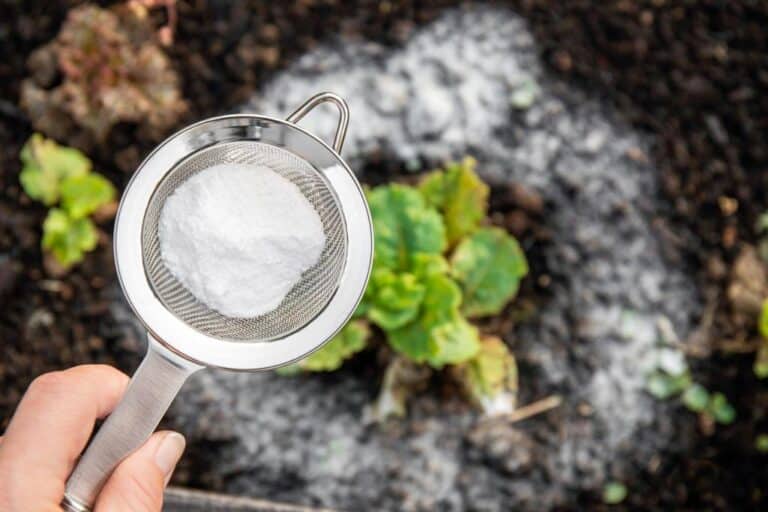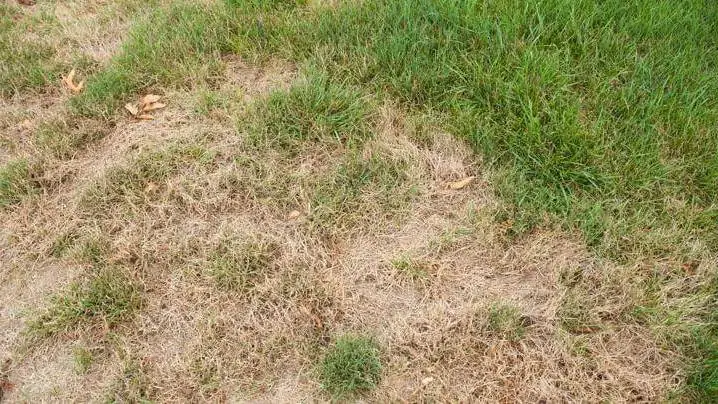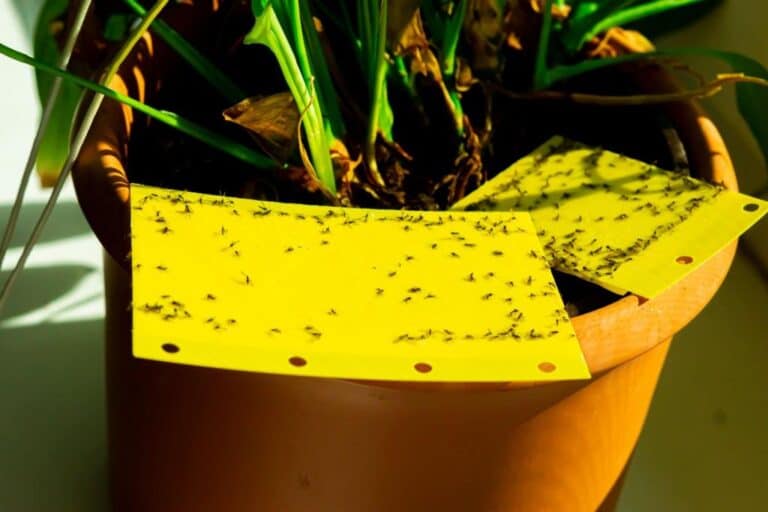What is Hardpan Soil? Gardening Success in Hardpan Soil

If you’re an aspiring gardener or a homeowner looking to create a lush, thriving landscape, understanding your soil is crucial. One soil type that often poses challenges to gardeners and landscapers is hardpan soil.
In this comprehensive guide, we will delve into the world of hardpan soil, exploring its characteristics and causes. We will also be looking for effective solutions to help you turn this obstacle into an opportunity for a vibrant garden.
What Is Hardpan Soil?
In the world of gardening and agriculture, hardpan soil is a formidable opponent. This dense layer of soil, often lurking beneath the uppermost topsoil, poses challenges to both plants and water.
The composition of the soil can either artificially produce or naturally cause hardpan soil. It is a compact layer of soil located just beneath the soil surface. When hardpans form close to the surface, the depth of usable soil goes down.
Also, the soil is more likely to become waterlogged during heavy rains. This lowers the percentage of plants that will permanently wilt. The hardening of the soil also restricts root growth to surface layers, reducing crop nutrient availability.
The formation of hardpan soil is closely tied to the structure of the soil itself. Soil pH plays a pivotal role in this process. Acidic soils are particularly susceptible to hardpan formation. This is due to the tendency of certain mineral salts, especially iron and calcium, to form tough complexes with soil particles under acidic conditions.
How to Identify: Characteristics of Hardpan Soil
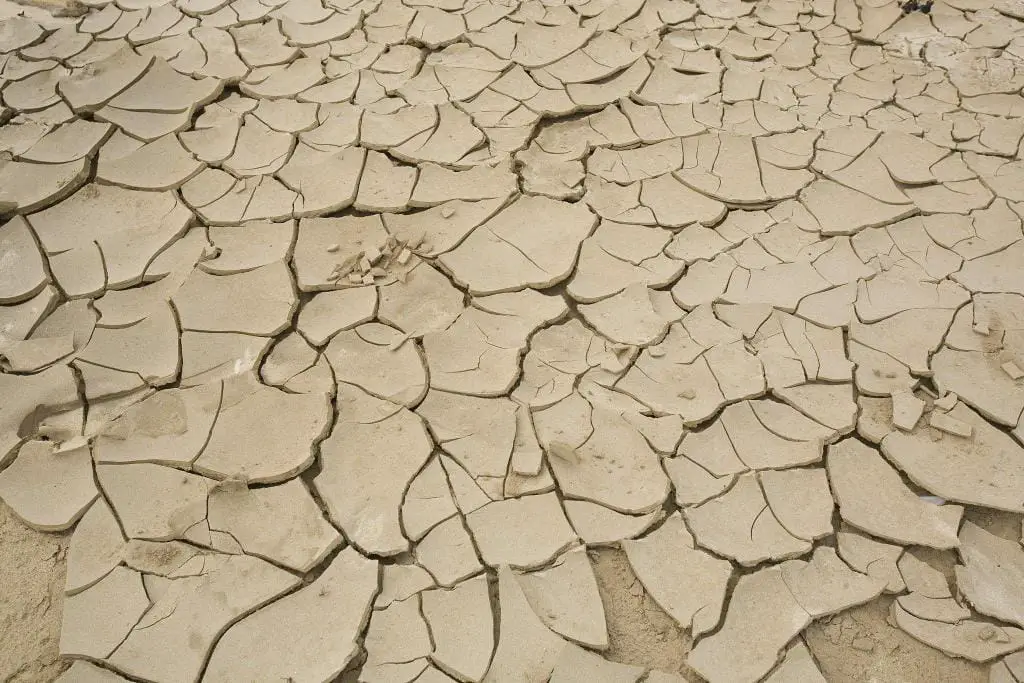
To identify hardpan soil, you can look for the following characteristics:
- Impenetrability: Hardpan soil feels hard and compact when you try to dig or till it. It resists penetration by shovels, spades, or even your fingers.
- Slow Water Drainage: Water tends to pool on the surface or create runoff rather than percolating through the soil. This can lead to waterlogged plants and erosion issues.
- Limited Root Growth: Plant roots struggle to penetrate hardpan soil. This restricts their access to nutrients and water.
- Compaction: The soil is tightly packed, which reduces the space for air, which is, essential for healthy soil ecosystems.
- Nutrient Deficiency: The compacted nature of hardpan soil can hinder the circulation of essential nutrients, leading to poor plant growth.
- Cracking and Erosion: During dry periods, hardpan soil can develop surface cracks, and during heavy rains, it can erode easily.
Now that we know what hardpan soil is and its characteristics, let’s explore the causes behind its formation.
Types of Hardpan Soil
Hardpan, as the name suggests, is a tough layer of soil, but it comes in various forms. Each type of hardpan has its own unique characteristics. However, they all share a common trait. They limit the depth to which plants can extend their roots and restrict water penetration.
- Silica Hardpan: This type of hardpan forms when silica, a naturally occurring mineral, combines with soil particles. Silica hardpan is exceptionally dense and challenging to break through.
- Iron Oxide Hardpan: Iron oxides, prevalent in some soils, can bind soil particles together to create iron oxide hardpan. This type can be particularly stubborn.
- Calcium Carbonate Hardpan: In areas with high levels of calcium carbonate in the soil, this compound can fuse soil particles, creating a layer that resists root growth and water infiltration.
- Man-Made Hardpan: Not all hardpan is a product of nature. Human activities, such as repeated contour plowing, heavy machinery traffic, or pollution, can compact the soil over time, resulting in a man-made hardpan.
What Causes of Hardpan Soil?
Several factors contribute to the formation of hardpan soil:
- Natural Compaction: Over time, the natural settling of soil particles and minerals can lead to compaction, especially in areas with heavy clay content.
- Heavy Traffic: Foot traffic, construction machinery, or vehicles driving over soil can compress it, creating hardpan soil.
- Excessive Watering: Poor drainage and over-irrigation can exacerbate soil compaction, leading to hardpan formation.
- Lack of Organic Matter: Soil with a low organic matter content is more prone to compaction. Organic matter improves soil structure by binding particles together.
- Improper Tilling: Repeated tilling at the same depth can create a compacted layer over time, as it disrupts the natural soil layers.
Understanding the causes can help you take preventive measures. This will avoid hardpan soil in your garden or landscaping project. Now, let’s move on to solutions to tackle existing hardpan soil.
How to Grow Plants with Hardpan Soil
Gardening and agriculture require thoughtful strategies to contend with hardpan soil. Several methods can be used to alleviate its effects and promote healthy plant growth.
1. Soil Amendments
One effective approach involves the use of soil amendments. Incorporating organic matter into the soil, such as manure, compost, or peat, can improve local drainage. It can also create a more hospitable environment for plants. Additionally, adding organic matter fosters the proliferation of earthworms. Earthworms can gradually break down relatively thin hardpan layers.
2. Breaking Through Hardpan
Another strategy is to physically break through the hardpan layer. This can be achieved through practices like plowing. Plowing mechanically disrupts compacted soil, allowing roots to penetrate deeper and water to infiltrate more effectively.
3. Gardening on Top
Alternatively, gardeners can opt to work with the hardpan in place. By creating raised beds or container gardens on top of the hardpan, they can bypass the dense layer and cultivate plants in the amended soil above.
4. Earthworms as Allies
Earthworms are valuable allies in the battle against hardpan. Their burrowing activity naturally loosens soil and improves its structure. Introducing earthworms to your garden can be a long-term solution for mitigating hardpan.
| Also see: Goat Manure and Vermicomposting |
5. Adding additives
Adding additives that break down the complexes and reverse the process. The rotation should include a mix of taproots (from crops such as canola, chickpeas, and sunflowers) and forages like alfalfa and sweet clover, as well as fibrous roots (from grass, forage crops, and cereal grains).
This ensures that roots penetrate into different levels of the soil profile and facilitates sufficient water and air infiltration to maintain healthy, productive soils.
6. Preventative Measures
Preventing hardpan from forming in the first place is always preferable. Regularly adding organic compost, manure, and other soil amendments can help maintain soil structure. It can also prevent compaction.
Conclusion
Hardpan soil severely limits plant growth. Its compacted nature restricts root penetration and impedes water and nutrient absorption. However, with the right knowledge and strategies, you can transform it into fertile ground for vibrant plants and thriving landscapes. By addressing the causes and implementing solutions such as soil aeration, organic matter addition, proper water management, soil testing, and raised beds, you can unlock the potential of your hardpan soil. This can help you enjoy a garden or landscape that flourishes.
Remember, patience and consistent effort are key when dealing with hardpan soil, but the rewards of a lush, green space are well worth it.
FAQs
How does hardpan soil affect plant growth?
Hardpan soil severely limits plant growth as its compacted nature restricts root penetration and impedes water and nutrient absorption. This leads to stunted growth, reduced yields, and overall poor plant health.
Can hardpan soil be improved for gardening?
Yes, hardpan soil can be improved for gardening success. Techniques such as soil aeration, adding organic matter, and proper water management can help break up the hardpan, making it more conducive to plant growth.
What plants thrive in hardpan soil conditions?
Plants that tolerate or adapt to compacted soils, like native grasses, certain succulents, and deep-rooted perennials, tend to thrive in hardpan soil conditions.
Is hardpan soil the same as clay soil?
No, hardpan soil and clay soil are different. Both can be dense. Clay soil is a specific soil type characterized by fine particles and high nutrient retention. Hardpan is a compacted layer found beneath the topsoil.
Can I grow vegetables in hardpan soil?
It’s more challenging, but you can grow vegetables in hardpan soil. Proper soil improvement techniques include aeration, adding organic matter, and selecting deep-rooted plant varieties
What are some plant species that thrive in hardpan soil?
Plants like yarrow, butterfly weed, and prairie dropseed are well-suited for hardpan soil conditions. This is because they can adapt and have deep root systems.
How long does it take to improve hardpan soil for successful gardening?
The timeline for improving hardpan soil varies depending on its severity and the techniques used. Significant improvements can take several months to a few years, so patience and consistent effort are essential for gardening success.

